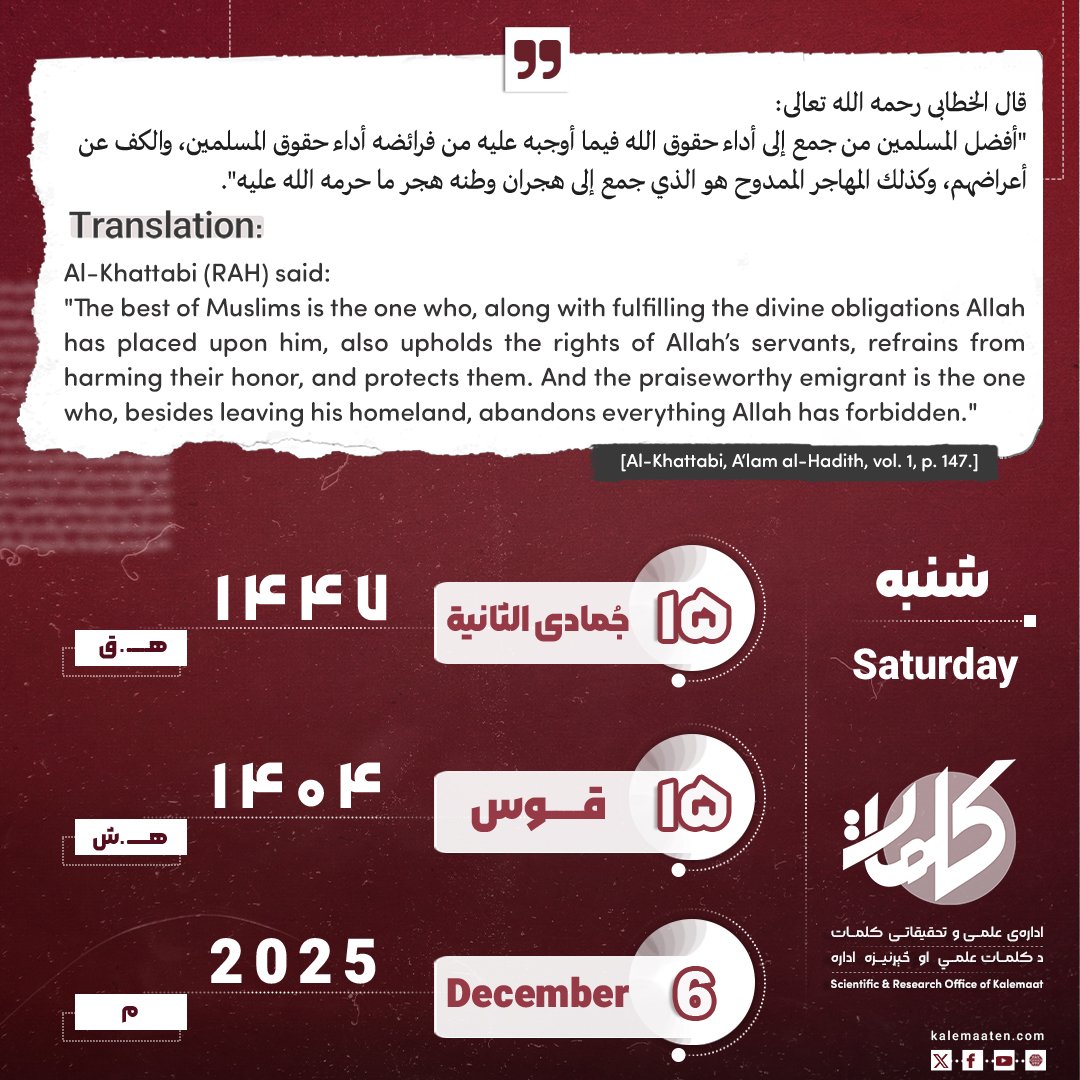Author: M. Asem Ismail Zahi
The Importance and position of Marriage from the Perspective of Medicine (part one)
Abstract
Marital relations constitute the most important and fundamental pillar in preserving and strengthening a family, and according to the explicit statement of the Qur’an, they create affection and mercy between husband and wife. Another wisdom embedded in this relationship is the reproduction of humankind.
Marriage and the tradition of Nikah is a sacred bond, a firm foundation, and beloved in the sight of the Creator, serving as an effective and beneficial factor in safeguarding religion and chastity. Nikah is considered a source of affection and mercy, a means of honoring the Sunnah of the Prophet Muhammad (PBUH), and a promoter of modesty.
Marriage and Nikah bring peace to wandering and restless souls, revive distressed and anxious hearts, and guide scattered and confused thoughts.
The sublime school of Islam considers Nikah as a means for growth and perfection, ensuring the health of society, and guaranteeing the survival of generations. Therefore, it calls upon its followers to hasten to marriage, to give in marriage righteous men and women, and to abandon celibacy.
In Islamic culture, marriage is the prelude to mercy and love, affection and kindness, and it provides order and structure to human life.
Righteous spouses are companions to one another in the ups and downs of life, and supporters of each other in obedience to the Lord. Man and woman are the pillars of the family structure and the columns of the tent of life, and their interaction and good conduct serve as a model for the lives of their children.
Keywords: Marriage, Family Consolidation, Personality Stability, Marital Relationship, Social Health.
Introduction
By nature, man is a social being who is not complete individually and is not considered a social unit. In this sense, primacy lies with the family, not the unmarried individual. Marriage is an institution beyond being a social custom or the fulfillment of physiological and instinctive needs. Its higher objectives are the formation of a family, the upbringing of virtuous and noble children who serve society, and, in addition, the continuation of a great heritage and civilization. In other words, it is the growth and perfection of both individual and society, a response to the call of human nature, and the Sunnah of the Holy Prophet (PBUH).
Nikah brings independence and responsibility, safeguards chastity, nurtures piety, love, mercy, and blessing, creates balance and personality stability, provides tranquility and peace, ensures social health and security, and ultimately gives meaning and purpose to human life.
Marriage is the beginning of family formation and a lifelong commitment. It also provides an opportunity for growth and selflessness while serving one’s spouse and children. Marriage goes beyond a physical union; it is also an emotional and spiritual bond.
The importance of marriage lies in the fact that it influences how many of our needs are fulfilled, from basic needs such as sexual desire to higher-level needs such as security, love, attention, respect, and even self-actualization.
Marriage increases (emotional, economic, and other forms of) security. Married individuals can support each other in difficult life situations.
Marriage significantly protects couples from psychological illnesses. Man and woman are each incomplete beings on their own, constantly seeking tranquility and perfection. Through marriage and the marital covenant, their troubled hearts find peace, and their scattered thoughts are drawn towards the family— a center of love and affection.
The purpose of marriage—this most sacred heavenly bond— is not only to fulfill the physical needs of man and woman but also to ensure the continuation of generations. Thus, the health of marital relations has a direct effect on the physical and psychological well-being of both spouses, as well as the fruits of marriage. For indeed, the building materials of the spirit of humanity are provided by the father and especially the mother.
History of Marriage
Marriage, as an ancient tradition, has always existed and carries a history filled with various transformations. Religious, faith-based, secular, and modern marriages are only some of the different types of unions observed across societies.
The study of the history of marriage serves as a gateway to understanding the institution of marriage.
Babylonians
In the time of the Babylonians, a woman was considered part of a man’s property, and the father of the girl was responsible for choosing her husband. Evidence suggests that during this period, a father could sell his daughter or daughters for any desired price. In other words, in the Babylonian era, a woman was nothing more than a commodity.[1]
China
Marriage in China has its mythological origin in the story of Nuwa and Fuxi, who, after their marriage, invented the proper methods of union. In ancient Chinese society, people with the same family name were not permitted to marry, as this was regarded as incest. However, since marriage with maternal relatives was not considered incest, families sometimes practiced endogamous marriages across generations. Over time, despite considerable geographical mobility among the Chinese people, biological kinship within families remained intact. When a husband and wife died, they were buried separately in the cemetery of their respective clan.
In the maternal form of marriage, the man would live in the house of his wife as an adopted son.
The new Marriage Law of 1950 fundamentally changed marital traditions in China. Monogamy, gender equality, and the importance of choice in marriage were among these changes. Arranged marriages were the most common form of marriage in China up until that time.[2]
Continues…
Next Part
References
[1]. Razavi, Najma and others, “A Study of the Situation of Youth Marriage”, p. 388, National Youth Report, National Youth Organization Publications, Tehran, 2002.
[2]. Panahi, Ali Ahmad, Spousal Life, p. 77, Published in 2012, Office of Ma’aref Publishing (affiliated with the Representative Office of the Supreme Leader in Universities), Tehran.
